Environment
Our environment team have been busy carrying out a number of specialist surveys to gain a greater understanding of the ecology and heritage in the area. This work is important as it helps us to identify and protect key sensitive features.
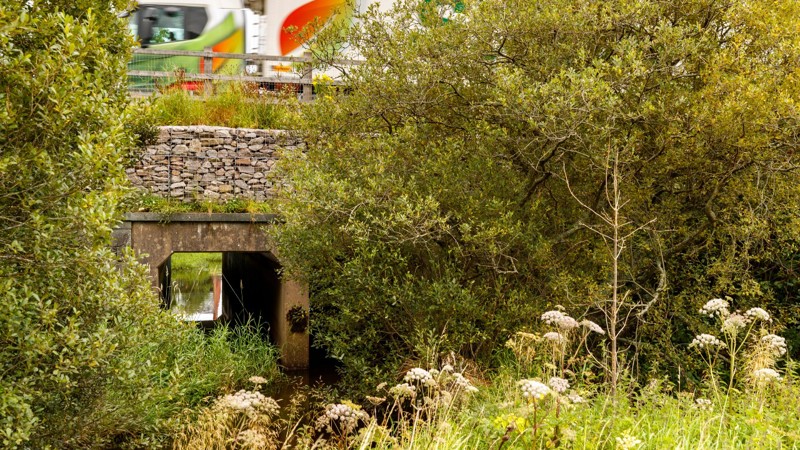
Over the past few months, our environment team have been busy carrying out a number of specialist surveys to get a better understanding of the ecology, archaeology and ground conditions in the area. This work is important as it helps us to identify and protect key features should we be granted permission to start building the project in 2024.
Ecology
We’ve found a number of areas along the route where the likes of bats, common lizard, Great Crested Newt and Red squirrels live.
We’ve been able to place trackers on nearly 300 bats which will help us understand the types of habitat they are roosting in, where they feed and general flight patterns, including where they fly over the A66.
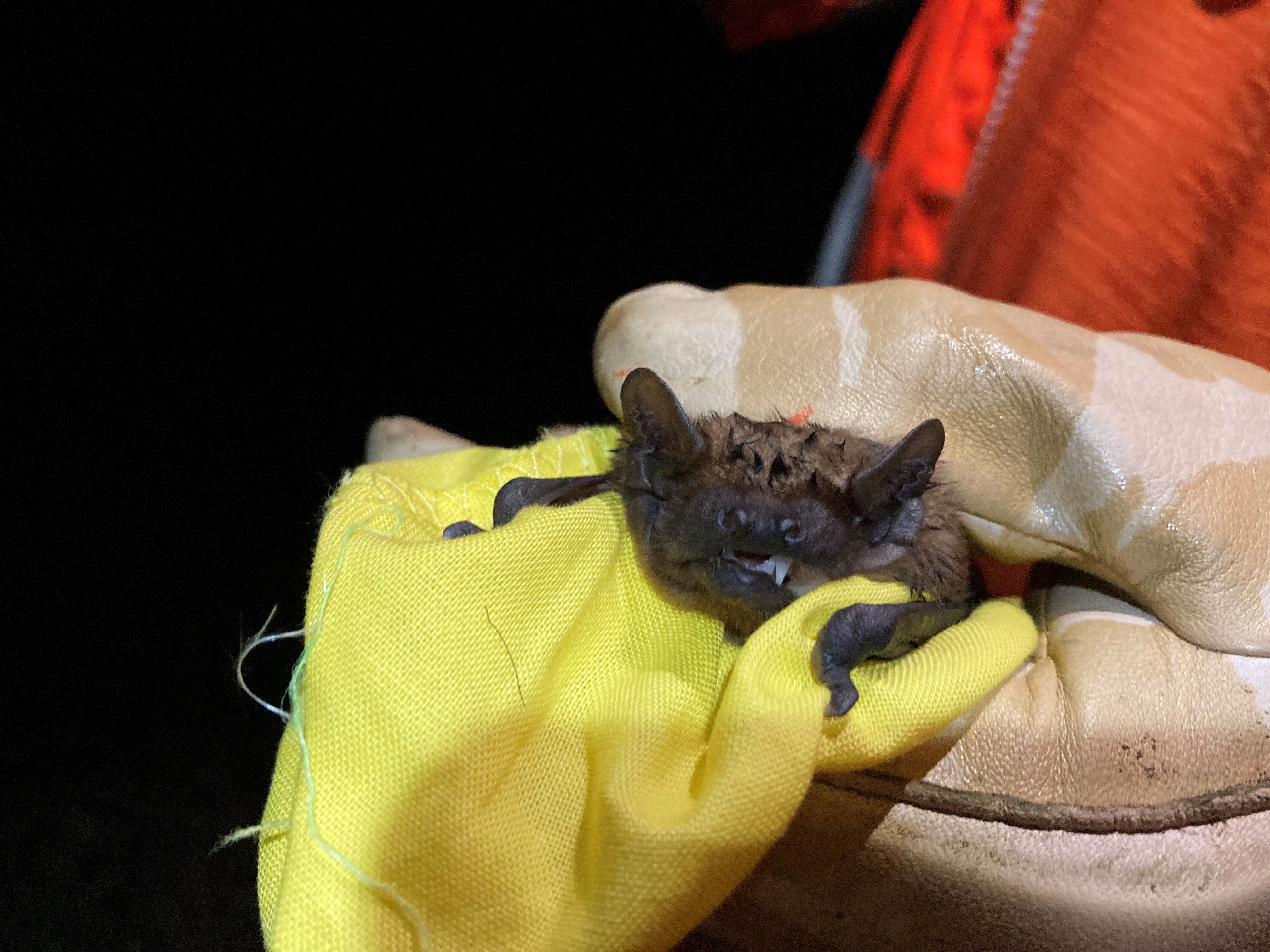
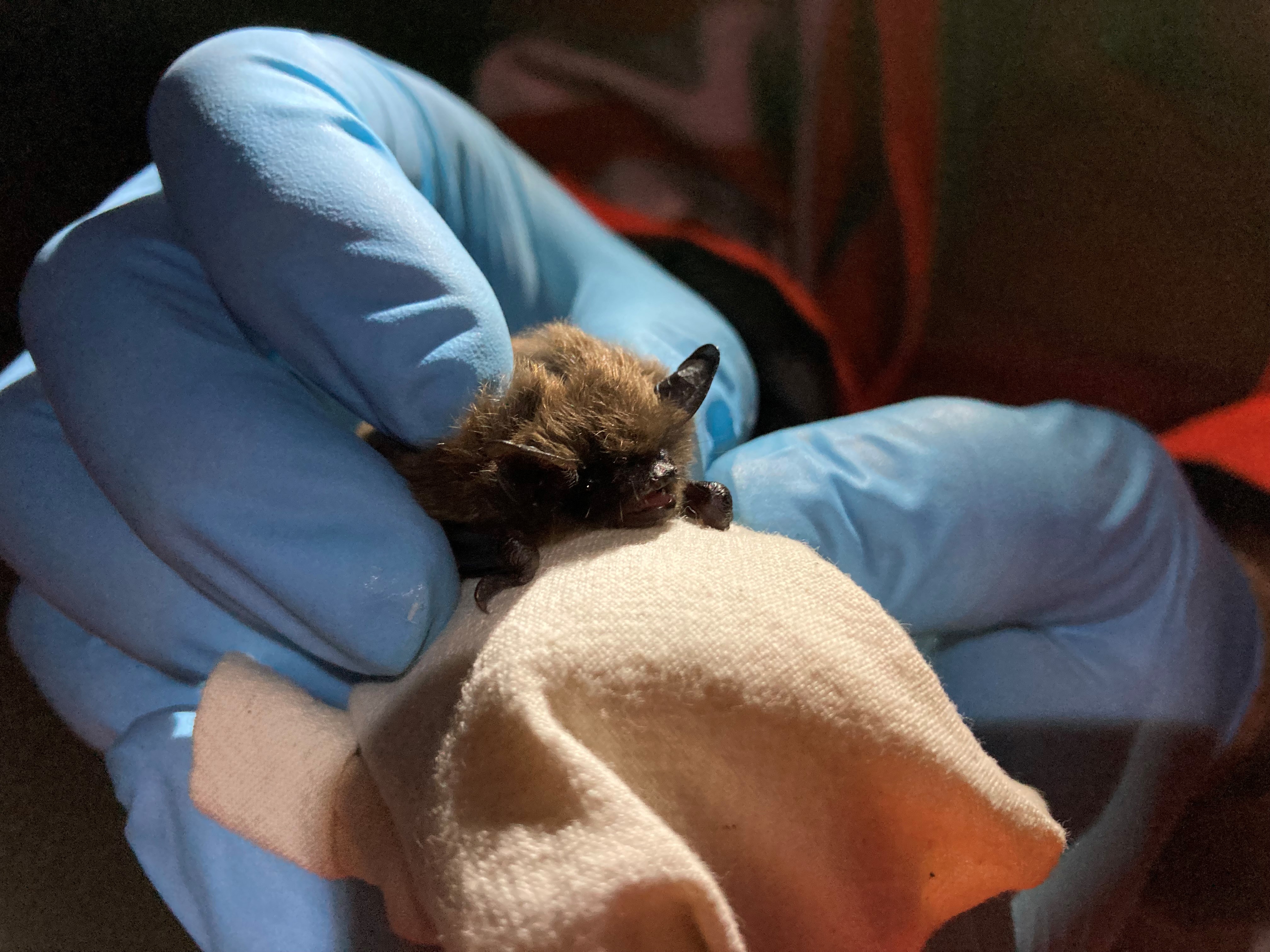
We've also placed cameras along sections of the route to monitor local wildlife. You can see what the cameras caught below.
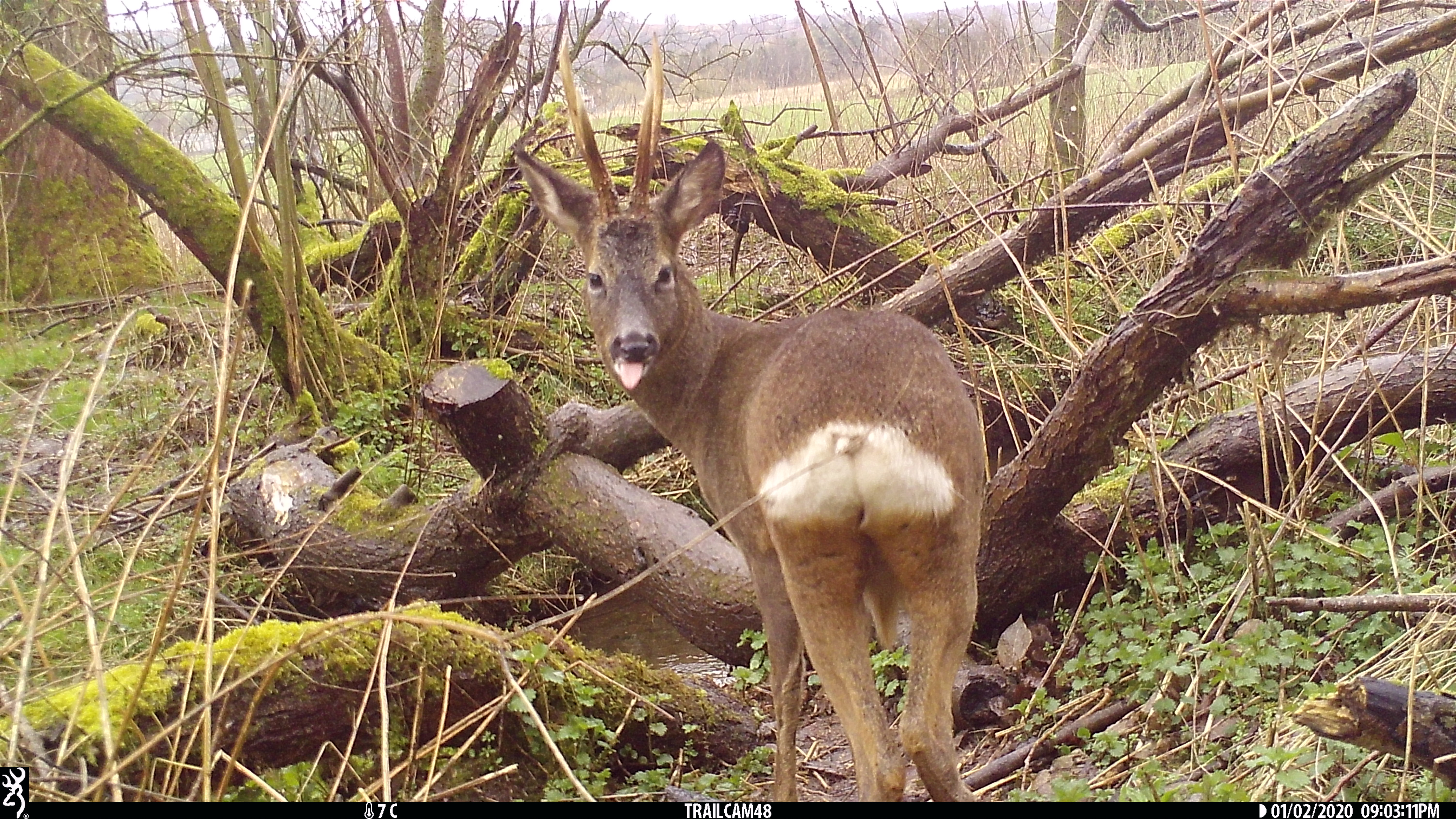

This information will help us plan what we need to do make sure any impacts potential construction has on the local wildlife is minimal. For example, we're looking at building a special bridge so it is safer for wildlife to cross the A66 as well as putting up bat boxes.
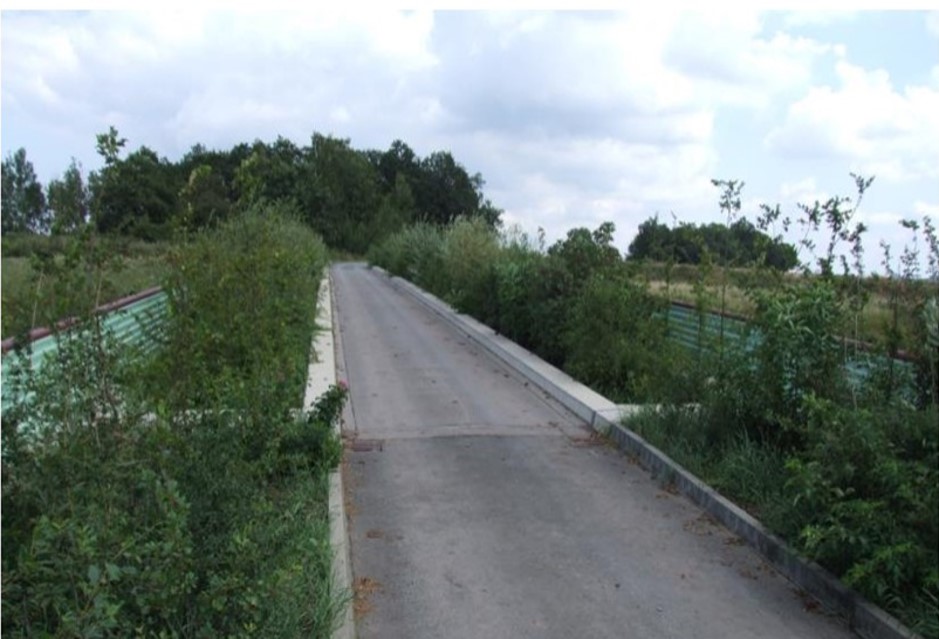
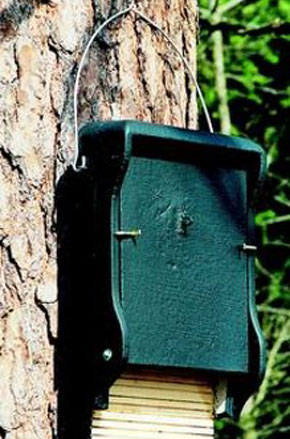
Cultural heritage
The team have also been carrying out ground investigations along the A66 to see what type of archaeology is found. We’ve used diggers to excavate areas of land and record any interesting finds.
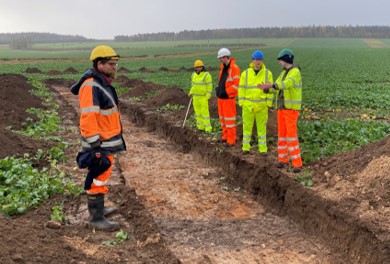
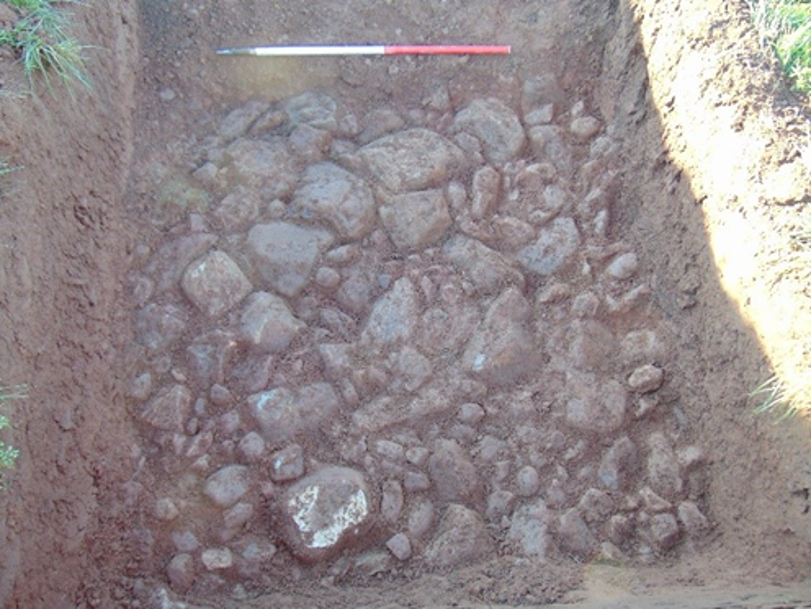
We’ve discovered an ‘ankle breaker’ which was like an early deterrent to would be attackers, a potential axe head from the Neolithic period and part of a Roman Road near to Warcop. These roads were often stone-paved and metaled, whilst also being arched to help with drainage.
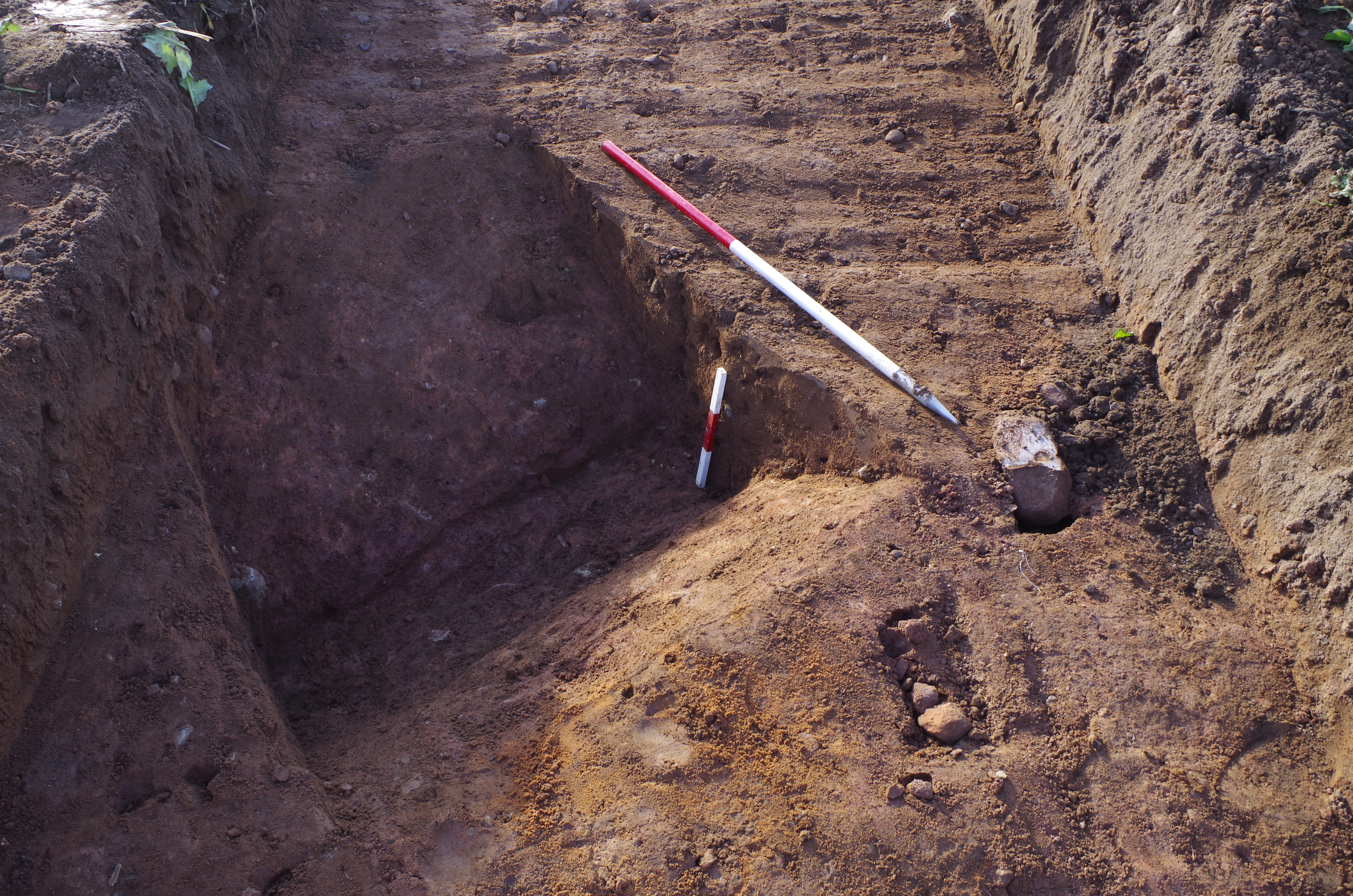
Geology and soils
We’re currently taking part in geochemical surveys which means we’ll be taking samples of soil and analysing them. This helps us understand what is in the soil and to see what minerals the land is made up of. Having a better understanding of the soil really helps us when it comes to designing the project, especially the use of bridges or underpasses.
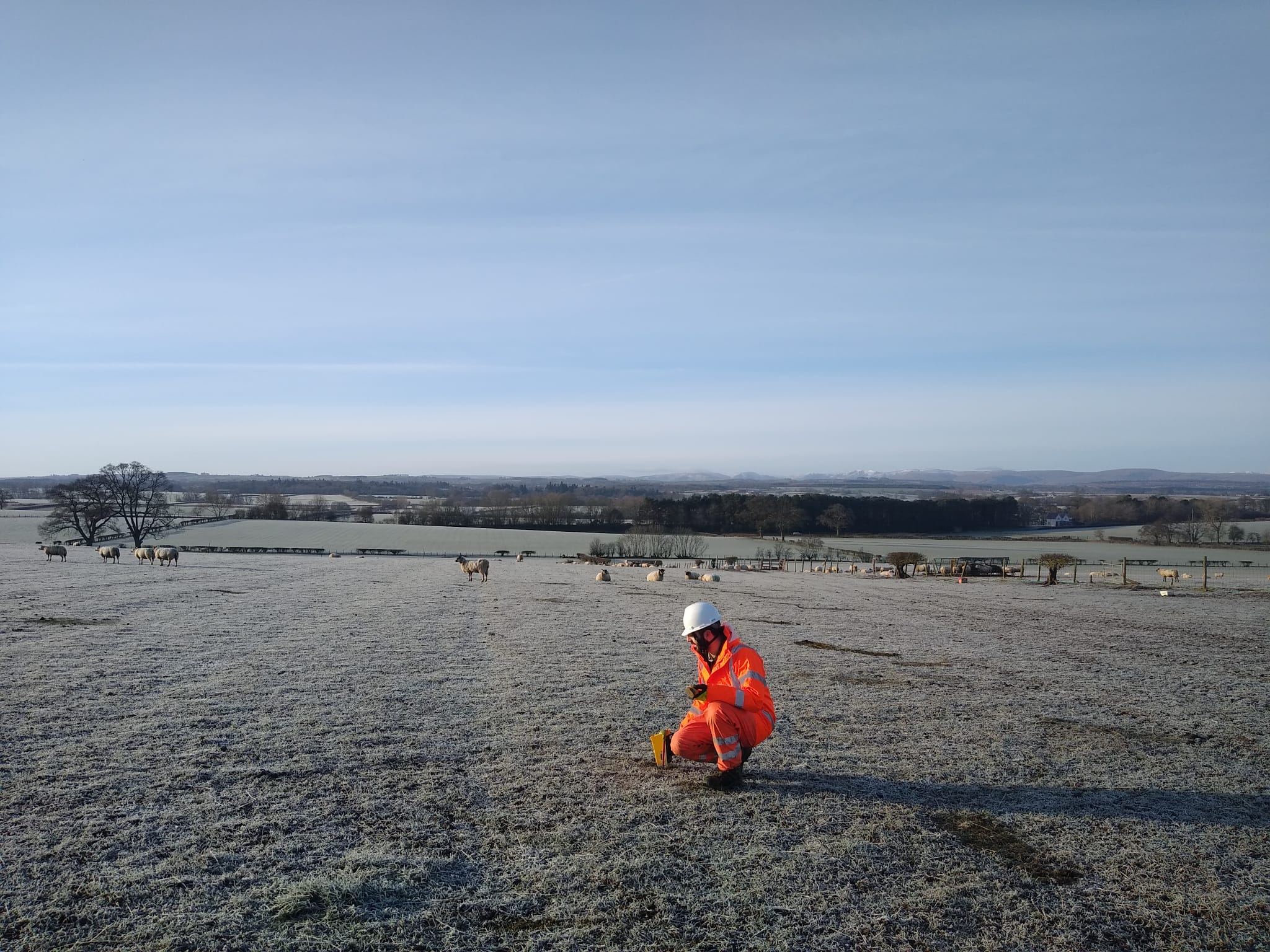
All our work will provide preliminary environmental information and assessment of the following environmental topics:
- Air quality
- Biodiversity
- Climate
- Cultural heritage
- Geology and soils
- Landscape and visual effects
- Resources used by the project
- Noise and vibration
- Population and human health
- Road drainage and water environment
Once the survey work has been completed, the results will help us prepare the Environmental Statement. This will be submitted with the Development Consent Order (DCO) in spring 2022.
We will be paying special attention to areas such as Sites of Special Scientific Interest (SSSI), the Area of Outstanding Natural Beauty (AONB), Air Quality Management Areas (AQMA) and Noise Important Areas (NIA).
Land and property
We’ve been working closely with landowners who might be impacted by our plans. It is important to us that we keep landowners informed and updated as the plans for the A66 develop. To make this easier we have employed dedicated Public Liaison Officers (PLOs) who will be the main point of contact for landowners and other stakeholders as the project develops.
We've produced a series of booklets to help land and property owners near to the scheme.
- How to claim for the effects on your property of new or altered roads
- Your property and blight
- Your property and compulsory purchase
- Your property and discretionary purchase
- Your property and our road proposals
We’re already talking with landowners who may be affected by this project, but if you have any concerns about how this work may impact your land, you can contact us on:
Email: A66NTP@nationalhighways.co.uk
Phone: 0333 090 1192
Write to: A66 Project Team, Highways England, 3 Piccadilly Place, Manchester, M1 3BN
